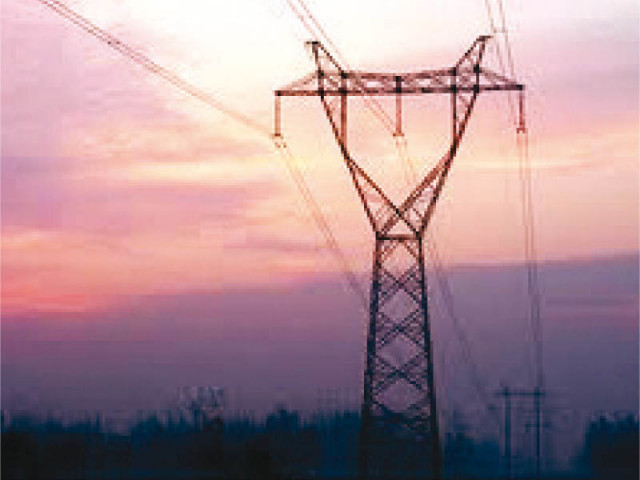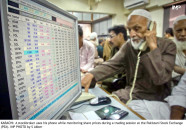Three-pronged strategy needed to resolve power crisis
Resolution of circular debt, theft and line losses are key issues.

It is an understatement that Pakistan needs to develop an effective plan to overcome the power crisis. Power shortages in the form of outages or breakdowns have adversely affected economic and commercial activities. The estimated production loss to the economy is about 2% of GDP and could very easily be more.
Any strategy to tackle this crisis has to have three basic points.
Cost of power
There is the need to drastically bring down the cost of producing power in the country. Generation is heavily dependent on furnace oil imports which are subject to international market prices and cost the country precious foreign exchange. On top of this theft and non-payment is a rampant problem which only serves to increase the net cost of power production.
Enhancing capacity
There is not near enough capacity, particularly base-load generation, to meet demand which is growing annually at seven to eight per cent. The system is highly inefficient and because of this, for every kilowatt hour (kWh) of power needed, 1.3kWh of power needs to be produced.
Lack of financing
Revenues are insufficient to meet expenditures, which has led to a cycle of indebtedness and acute shortages of liquidity within and beyond the power sector. The government may have the right intentions but despite efforts and energy plans made to address these problems, not much has been achieved.
There is an urgent need to resolve the long-standing circular debt but it has to be done in a sustainable manner. The current remedy of financing it through loans and then paying off heavy interest could backfire if in a few years we find that the circular debt is still there, with the added burden of loan repayments. And that could very well be the case until the government makes a much stronger effort to reduce power subsidies which stand at about Rs500 billion for the current year.
A few difficult steps have been taken. By difficult I mean politically unpopular decisions because that is often the main reason why the right financial decision does not get taken here. Power tariffs have been increased by about 75% over the past two years but this still has had minimal impact on the liquidity situation in the power sector.
This has severely hindered the pace of progress of generation projects which are in the pipeline, and have been so for many years now. This is perhaps the time where the government revamps its strategy and moves forward only with projects that meet three key criteria. Firs, the projects have to be genuinely of least economic cost. Second, they projects need to be capable of meeting the critical need of base-load and summer time peaking.
And last but not least, the projects need to help bring generation costs down. It would not hurt if these projects also reduced dependence on market-priced imported fuels.
In the next part of this series on the power crisis I will talk about the need to shift generation from expensive furnace oil to cheaper modes like hydro and gas generation.
Published in The Express Tribune, May 28th, 2012.



















COMMENTS
Comments are moderated and generally will be posted if they are on-topic and not abusive.
For more information, please see our Comments FAQ